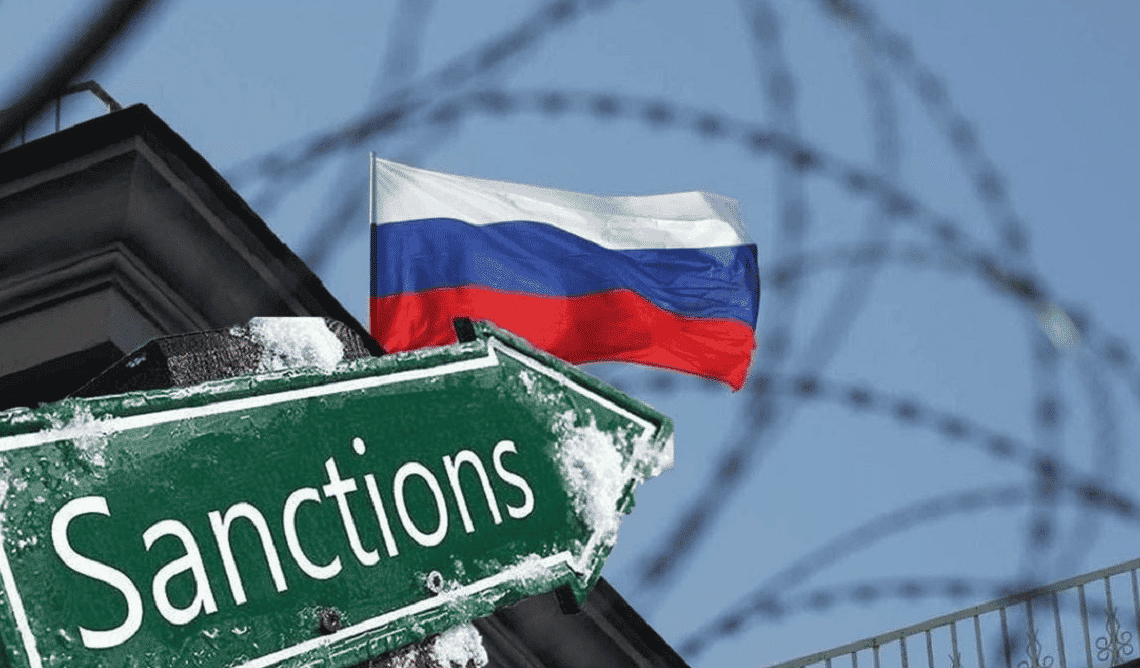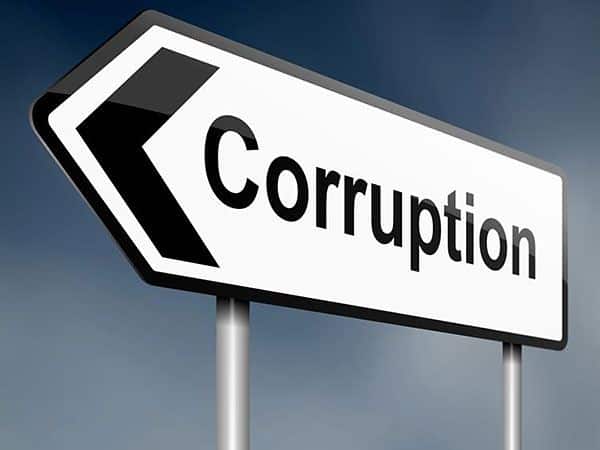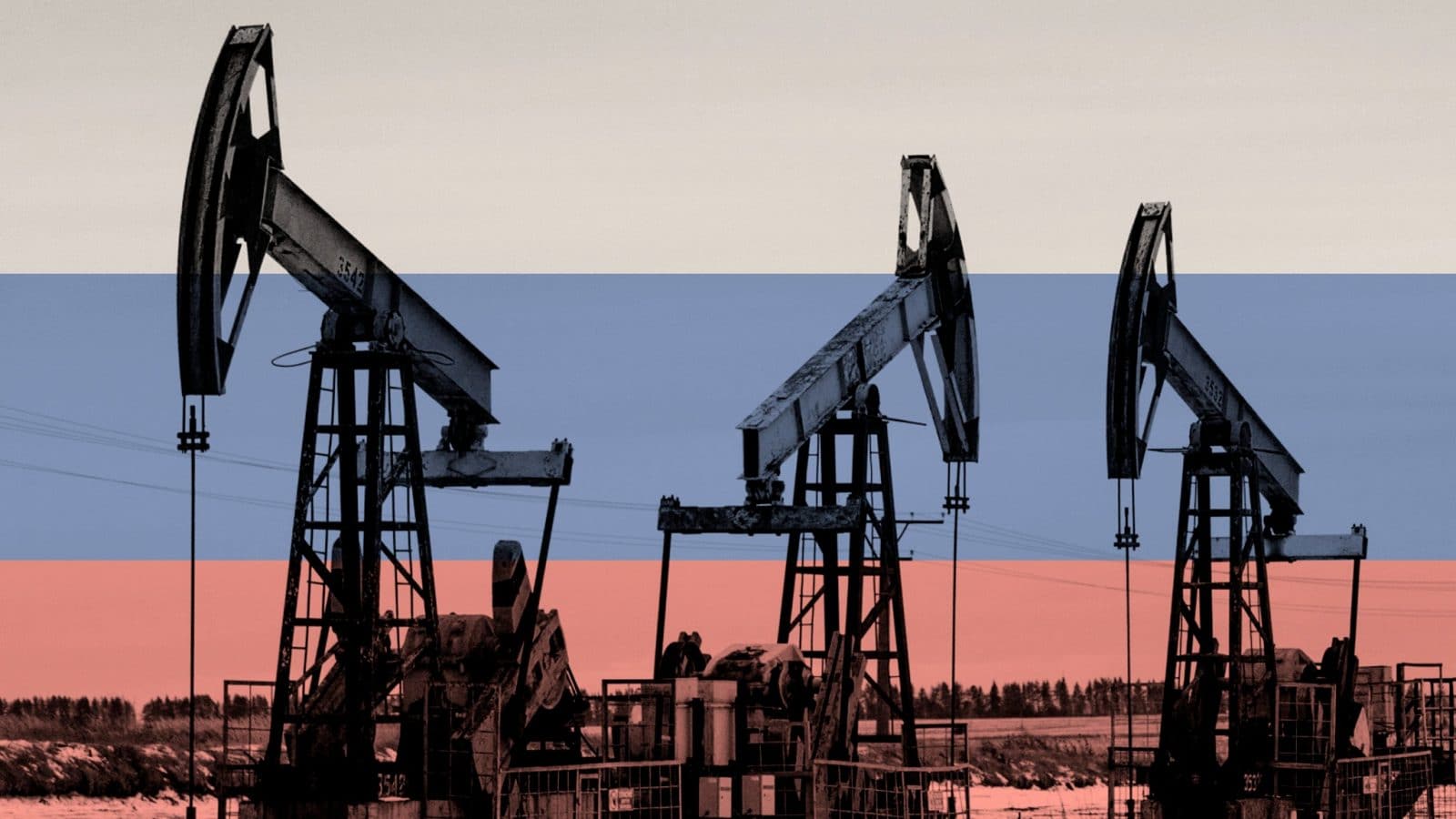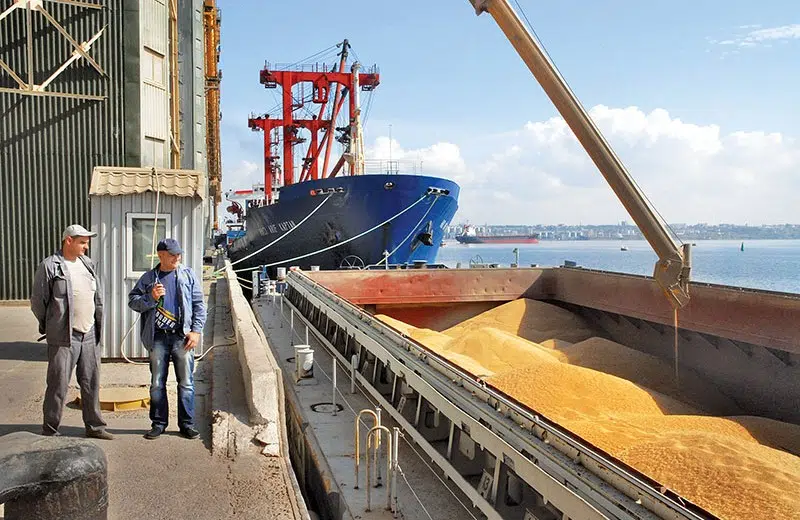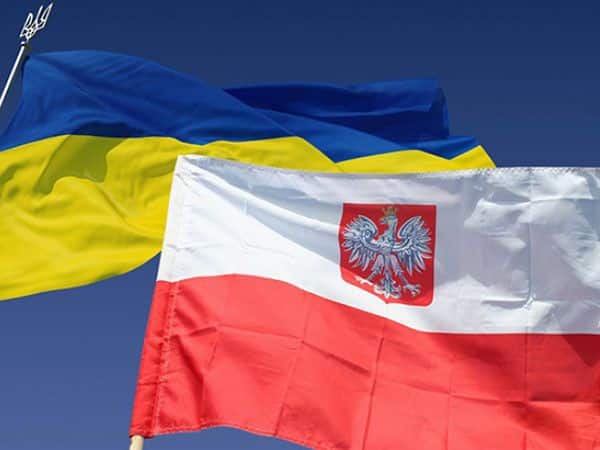Table of Contents
- How Moldova managed to escape the gas needle
- Free gas for Russian-occupied Transnistria
- Moldova’s gas debt? No, it is Gazprom’s own debt to Gazprom
- How Ukraine learnt from Moldova’s bitter experience
- Electricity as Transnistria’s last trump card
- Why didn’t Moldova care about this during its 30 years of independence?
- What will happen when Transnistria (and Moldova as a whole) is disconnected from Russian gas?
Sergiu Tofilat is a Moldovan politician and expert, one of the most authoritative public experts in Moldova on energy issues. We met in Chișinău to discuss a matter that also concerns Ukraine.
About Transnistria.
Contrary to common myths, the main source of funding, and overall existence, of this Russian-occupied enclave stretching 200 km along the Ukrainian-Moldovan border is not cigarette smuggling or something similar, but gas. Free gas supplied there by Russia, which no one dares to disconnect.
But, as it turned out, preparations for this are already underway.
And the fact that the government-controlled part of Moldova stopped consuming gas from Russia last year is the first, but still insufficient step.
How Moldova managed to escape the gas needle
Since December 2022, Moldova’s right-bank region (the part controlled by Chișinău, excluding Transnistria) has stopped purchasing Russian gas.
Purchases have ceased completely, and gas from Russia no longer reaches the right bank. Chișinău now buys it from other suppliers, such as Romanian gas or liquefied natural gas (LNG) from LNG terminals.
And this is a radical change.
Just two years ago, 100% of Moldova’s purchases consisted solely of Russian gas.
The preparation to escape the gas needle involuntarily began in Moldova as early as 2019.
At that time, Gazprom’s contract for gas transit through Ukraine was coming to an end, and it was unclear whether Russia would sign a new agreement. Due to this uncertainty created by Moscow, several countries — Ukraine, Moldova, Romania, and Bulgaria upgraded the Trans-Balkan pipeline, adding the possibility of reverse gas supplies. And although ultimately Russia retained Ukrainian transit, we gained the technical capability to buy gas in reverse mode, supplied by LNG tankers to Turkey or Croatia.
The second stage of preparation for gas independence was completed in October 2021 when the lasi-Ungheni-Chișinău gas pipeline was completed, allowing Moldova to purchase gas from Romania.
Thus, we have arrived at the current situation where Moldova does not purchase Russian gas. At all.
Free gas for Russian-occupied Transnistria
Although Moldova does not purchase gas from Russia, the agreement between Gazprom and MoldovaGaz is still in effect. The Russian side does not fulfill it but also does not terminate it. Interestingly, this agreement contains four provisions under which Gazprom can terminate the contract, and Moldova has successfully violated all four.
Since May 2022, Gazprom has the full right to terminate the contract with Moldova, but it doesn’t do it.
For a very simple reason: if they cut off the gas, it will not impact Chișinău but rather Transnistria.
After all, gas is the main channel of financing for the regime in Transnistria.
It works like this.
The main consumer of gas in Transnistria is the Cuciurgan power station in Dnestrovsc. It burns Russian gas to generate electricity, which it then supplies to Moldova and receives a real price for it. The second major consumer of gas is the Moldova Steel Works in Rîbnița, which processes scrap metal and sells it to Moldova or further to the EU.
Meanwhile, Tiraspolgaz receives gas for free — Transnistria has not paid Gazprom for it since 1993. However, it collects tariffs from consumers — be it reduced rates, say 10-20%, but it still amounts to significant money that accumulates in a “special gas account” and is later transferred to the budget of the Transnistrian region.
The inflow from the “gas account” constitutes about half of Transnistria’s budget!
Without these funds, i.e., without the supply of “free” Russian gas, it would go bankrupt within a few months. A humanitarian crisis would ensue.
The so-called “independence” of Transnistria will be cut off for non-payment.
That is why Gazprom does not break the contract and continues to supply gas to Transnistria, hiding behind the fact that it is doing so under the “Moldovan contract.”
Because if Putin cuts off gas to Transnistria, he will be responsible for the humanitarian crisis and the collapse of the region controlled by Russia, and he does not want that.
Moldova’s gas debt? No, it is Gazprom’s own debt to Gazprom
Since Transnistria has not been paying for gas since 1993, these supplies turn into a debt that Russia attributes to MoldovaGaz. This debt constantly increases and has already exceeded $9 billion.
For Moldova, this is a tremendous amount of money, equivalent to about 2/3 of the annual GDP. However, Chișinău does not recognize the debt of Transnistria, it will never be repaid, and Gazprom is well aware of this — it writes off this debt in its financial statements.
In addition to the debt of the left bank of the Dnister, there is also indebtedness on the right bank, but it’s not as straightforward. Gazprom claims that it has a debt of $709 million. However, we are confident that this amount is artificially inflated. According to our calculations, it exceeds $950 million. So, in the end, it is Gazprom who owes us, not the other way around.
Currently, an audit is being conducted, and there will be a legal dispute regarding the debt amount.
We believe that Gazprom owes MoldovaGaz, and we will prove this in court.
And now, the most interesting part.
In any case, we are talking about the debt of not the Moldovan government but a commercial entity, MoldovaGaz JSC. However, 50% of MoldovaGaz belongs to Gazprom itself. Another 13.4% is owned by the Transnistrian authorities. Thus, over 63% of shares of the gas monopolist are in the hands of Moscow.
It turns out that Gazprom has been accumulating debt to itself!
However, considering that Gazprom is currently facing numerous lawsuits in Europe for gas cutoffs totaling over $15 billion, I believe that in the near future, Gazprom will lose its stake in MoldovaGaz.
In other words, it will be simply expelled from there, with its assets seized, and the Russian monopolist will remain indebted to its former clients.
How Ukraine learnt from Moldova’s bitter experience
Russians always seeks to replicate stories that have been successful for them. That is why Gazprom attempted to repeat in Ukraine what it had done in Moldova 20 years before.
In 1994, gas prices were more than doubled in Ukraine — we were forced to pay in advance every five days and faced a penalty for late payment at an annual rate of 128%, which was 17 times higher than the penalty for other Gazprom customers. Most importantly, Transnistria stopped paying for gas.
See also: Will Ukraine export gas? Whom and why is it needed during the war?
As a result, the gas debt was artificially increased from $22 million to nearly $300 million within a year.
Then, using the artificially accumulated debt, Gazprom began blackmailing the Moldovan authorities by cutting off gas supplies in order to take control of the main gas pipelines. This led to the creation of MoldovaGaz, a company with gas pipelines on its balance sheet, in which Gazprom received a 50% stake in exchange for writing off part of the debt.
And now let’s remember what happened in 2014 when the Russian army began its aggression against Ukraine. Back then, Ukraine was also almost doubled in gas prices, forced to switch to prepayment, and Gazprom started supplying gas to self-proclaimed LPR/DPR, trying to transfer this debt to Naftogaz.
So, exactly the same scenario that occurred in Moldova in 1994 was attempted in Ukraine in 2014.
Naftogaz made it clear to them: “Pay from your own pocket for everything you supply to the occupied territories. Goodbye!” And you stopped buying Russian gas, depriving Russia of a blackmail tool.
Ukraine did not repeat the mistakes made by Moldova.
Electricity as Transnistria’s last trump card
Although Moldova no longer consumes Russian gas, there is still a technical dependency on gas for electricity generation.
Chișinău imports 80% of its electricity for the government-controlled territory, and the majority of this import comes from the Moldovan Electricity Grid in Transnistria. As mentioned earlier, this electricity is produced by burning Russian gas.
It would be possible to switch to purchases from other sources, such as Romania and Ukraine. However, the electrical grid was built during Soviet times in a way that even Romanian power lines first enter Transnistria before reaching Chișinău.
This problem must be solved, and this is happening now to get rid of energy dependence on Russia (and Transnistria). The Moldovan government is building a high-voltage power line from Romania, Chișinău to Vulcănești.
In 2025, it will be completed, and Transnistria can be cut off.
We are no longer dependent on gas, and we will no longer be dependent on electricity generated from gas.
So sooner or later, this channel of financing Tiraspol will be cut off.
Either we will cut off gas to Transnistria ourselves. Or Moscow will cut it off.
Alternatively, it is possible that Kyiv might disconnect gas supply to the separatists, as the gas pipeline passes through the territory where the conflict is ongoing. Anything can happen, as you can imagine.
However, we can be certain that this will happen soon, and we need to prepare for it and be ready for the humanitarian crisis that will unfold in Transnistria.
In the winter season of 2022, Moldova faced a new type of Russian blackmail.
Russia cut off gas supplies to the level that was exactly sufficient for the right bank region. Putin expected the Chișinău’s government will say, “Transnistria doesn’t pay for gas, but we do, so let’s disconnect its supply.” This would have given Putin the opportunity to say, “Look, Tiraspol is freezing because of the Chișinău’s government! Let’s disconnect gas supply to Chișinău as well.”
In other words, he would have created a humanitarian crisis in Transnistria and Moldova as a whole, putting the responsibility for it on Chișinău.
Moldova acted smarter.
We gave all the gas to the left bank in exchange for cheaper electricity. And we are preparing for the moment when we will not be energy dependent on the left bank.
Why didn’t Moldova care about this during its 30 years of independence?
The energy sector has been one of the main sources of corruption for Moldovan officials throughout these years.
Moscow turned a blind eye to Moldovan officials stealing from MoldovaGaz and engaging in schemes involving electricity supply through dummy companies. Moldovan officials, aware that this was a source of their income, did everything to maintain dependence on Transnistria. As a result, no additional power transmission lines or gas pipelines were built. Instead, initiatives for their construction were torpedoed.
Why didn’t Moldova care about this during its 30 years of independence?
The energy sector has been one of the main sources of corruption for Moldovan officials throughout these years.
Moscow turned a blind eye to Moldovan officials stealing from MoldovaGaz and engaging in schemes involving electricity supply through dummy companies. Moldovan officials, aware that this was a source of their income, did everything to maintain dependence on Transnistria. As a result, no additional power transmission lines or gas pipelines were built. Instead, initiatives for their construction were disrupted.
Meanwhile, Moscow financed the Transnistrian region, guaranteeing Moldova’s continued dependence on Russia.
Everyone was sitting at this “feeder”.
In particular, Ukraine and the de facto authorities of Transnistria played along.
In 2008, the then Minister of Economy, Igor Dodon, who later became a pro-Russian president, negotiated in Kyiv for electricity supply. Part of it was purchased directly for $40 per megawatt, while another portion went through a dummy company called “Energo Partner” for $53 per megawatt. In just 2008, Moldovan consumers overpaid nearly $15 million, with half of the money going to oligarch Vlad Plahotniuc.
Another example is the same Plahotniuc who set up a scheme for electricity supply from Transnistria to Moldova through a dummy company called “Energo-Capital,” earning approximately 30-40 million euros annually by reducing the gas tariff in Transnistria.
What concern would these individuals have for power transmission lines with such substantial sums being “siphoned off”?
What will happen when Transnistria (and Moldova as a whole) is disconnected from Russian gas?
We need to prepare for this scenario now.
The part of Moldova controlled by the government will not notice the disconnection of gas as such. We will continue to purchase gas from other suppliers, which is actually cheaper than from Gazprom.
Yes, we may face issues with electricity supply if gas is disconnected before 2025 when we build power transmission lines from Romania. Power outages are likely to occur. However, this is not a fatal situation.
More interestingly, what will happen in Transnistria.
Its budget will be depleted.
There will be a real humanitarian crisis in Transnistria. However, all of this will create conditions for resolving the Transnistrian conflict and for the reunification of the Republic of Moldova.
This means that we need to start preparing a reintegration plan.
Because the disconnection of Russian gas will happen sooner or later.
We have, I repeat, two years left until the completion of the Vulcănești-Chișinău line.
While there is still time, we need to prepare people who can govern in the Transnistrian region and form local authorities. We need judges, prosecutors, teachers, doctors, and so on.
We also need to be prepared for the economic consequences. For some time, we will have to subsidize businesses, ordinary consumers, and housing and utilities, which are now living on essentially free gas and will not be ready to pay its market value immediately.
And in two years, we will have the opportunity to no longer depend on the Transnistrian region, and we will be able to cut off the gas and begin to resolve the Transnistrian issue.
Originally posted by Serhiy Sydorenko on European Pravda. Translated and edited by the UaPosition – Ukrainian news and analytics website
See also: Isn’t it time for Ukraine to stop the transit of Russian gas, oil, and ammonia?

